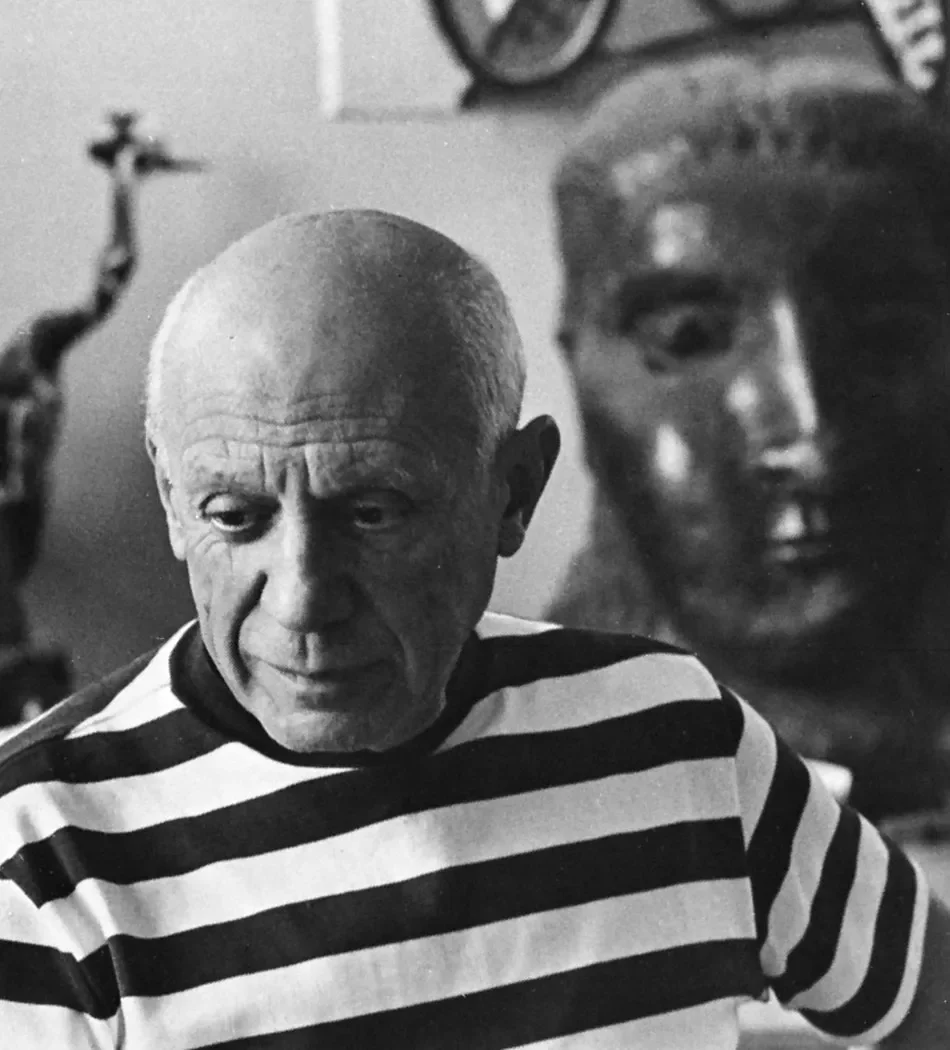Color Psychology in Branding
Pablo Picasso once stated that colors, “like features, follow changes of the emotions”. This association between color and emotions has long been studied by artists, designers, and psychologists. But what are the mechanisms behind this connection? And what does the science say? Color psychology is the study of the effect of colors on human emotions, mood, and behavior. For example, warm or reddish tones can be associated with cozy, warm feelings, as well as negative emotions such as anger and rage. Cooler tones like blue and green, on the other hand, often evoke feelings of serenity, sadness, or even apathy.
Pablo Picasso once stated that color can influence our emotions.
Although the influence of colors can vary across different ages and backgrounds, a 2020 study found that some associations are universal. For example, close to 70% of respondents from 30 different countries associated the color red with love. Over a half associated black with sadness and yellow with joy. White was linked to relief, yellow to joy, and brown, interestingly, was linked to disgust. This can be a useful tool for marketers and designers trying to convey certain emotions or messages, as the associations we draw from certain colors can be an important aid in communication.
It is essential to remain mindful of cultural differences when working with color. Take red, for instance. In many Western contexts, it is used to signal danger and is frequently associated with financial loss, such as falling stock prices. In China, however, red conveys prosperity, good fortune, and rising markets. Similarly, the color white illustrates how dramatically meaning can shift across cultures: while it symbolizes purity and innocence in Europe and North America, it is closely associated with mourning and death in many Asian cultures. Black follows a comparable pattern, being linked to death in much of the Western world, yet representing wisdom, maturity, and spiritual depth in several African cultures.
For brands operating in global or multicultural markets, understanding these associations is not optional—it is strategic necessity. A color that evokes trust or positivity in one region may communicate loss, mourning, or caution in another. Red’s contrasting meanings offer a clear example: in Western contexts it often signals alert or deficit, while in China it represents happiness, celebration, and financial gain. Without cultural awareness, brands risk sending unintentionally conflicting messages that can weaken credibility or emotional connection.
Color also plays a powerful role in shaping consumer perception long before any product details are processed. Consider Whole Foods, a brand that relies heavily on shades of green across its identity. This palette taps into widely held associations with freshness, sustainability, and health. Through packaging design, natural tones, and minimal typography, consumers often form expectations about quality and nutritional value before they even read the label or ingredient list.
When used thoughtfully, color can influence whether a brand appears trustworthy, optimistic, energetic, luxurious, or approachable. Financial institutions commonly favor blue to project stability and reliability. Luxury brands often rely on deep jewel tones paired with gold or silver accents to communicate exclusivity and sophistication. Tech startups, in contrast, tend to use bold, high-contrast palettes to suggest innovation and forward-thinking. These decisions are rarely aesthetic alone; they are calculated choices designed to evoke specific emotional and psychological responses from the consumer.
Ultimately, the power of color in branding comes from its ability to create emotional resonance quickly. Intentional and curated use of color can help brands communicate their values and personalities in an instant, shaping audience emotions before they can even form conscious judgements. This is why color psychology remains a critical tool for marketers and designers: it bridges the intuitive and the strategic, turning visual choices into meaningful experiences that connect with people on a deeper level.


